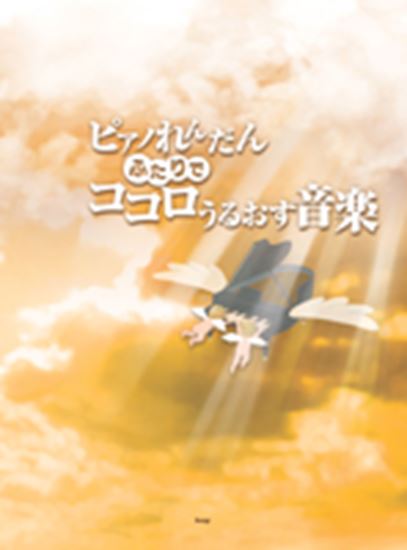Sakamoto, Ryuichi : Energy Flow
Work Overview
Genre:Various works
Total Playing Time:4 min 10 sec
Commentary (1)
Author : Nakatsuji, Maho
Last Updated: April 16, 2015
[Open]
Author : Nakatsuji, Maho
This work has a strong sense of A minor tonality. While many of Ryuichi Sakamoto's compositions do not feature a clear tonality, Energy flow highlights its tonality through elements such as left-hand arpeggios, emphasized third intervals, and the use of leading tones. This piece gained considerable recognition due to its use in television commercials.
The CD Ura BTTB, released in 1999, included three tracks, among them Energy flow. 'BTTB' is an abbreviation for 'Back to the basic,' implying a return to one's origins. An overview of the works contained in Ura BTTB suggests that Sakamoto's 'origin' lies in simple yet emotive piano sounds.
Composer's Own Words
To aid in a deeper understanding of the work, the composer's own words are quoted below.
Firstly, regarding the composition of Energy flow, there is a statement: '...it's a piano piece I wrote in about five minutes, without thinking about what's pop or anything, I just wrote it...' (Sakamoto, 2009: 208). At this time, Sakamoto was dismayed that what he considered 'pop' music was not perceived as 'pop' by many, including record companies, and was exploring his creative approach. However, it seems that, ultimately, works that emerged naturally were generally preferred over those that were meticulously conceived. Furthermore, on another occasion, he stated: '...when my piano piece became a hit (Energy flow in 1999), and the word 'healing' was used, I was very annoyed (laughs)... I have always found the deception inherent in the word 'healing' truly unpleasant...' (Sakamoto, 2011: 20). It is likely because he seriously contemplated the meaning of 'healing' that he felt resistance to the facile use of the term.
During performance, one perceives a gradually increasing tension and density of sound, even while playing steadily. Sections where dominant chords resolve to tonic chords, or where repeated progressions of inverted chords occur, should be played with an awareness of tonality. By taking a bird's-eye view of the entire piece and understanding and executing the dynamics, one can realize that this work is not monotonous but full of subtle changes.
References
- Sakamoto, Ryuichi. 'Listening in an Age of Uncertainty' (Interview). Artes Vol. 01. Artes Publishing, 2011.
- Sakamoto, Ryuichi. Ongaku wa Jiyū ni Suru [Music Sets You Free]. Shinchosha, 2009.
PTNA & Partner Channel Videos(2items)
Sheet MusicView More
Scores List (24)

(株)リットーミュージック

ミュージックランド

ミュージックランド

KMP(ケイ・エム・ピー) ケイエムピー

KMP(ケイ・エム・ピー) ケイエムピー

(株)自由現代社

(株)ドレミ楽譜出版社

KMP(ケイ・エム・ピー) ケイエムピー

(株)シンコーミュージックエンタテイメント

(株)ヤマハミュージックエンタテインメントホールディングス

(株)ヤマハミュージックエンタテインメントホールディングス

(株)ヤマハミュージックエンタテインメントホールディングス

デプロMP

(株)ドレミ楽譜出版社

KMP(ケイ・エム・ピー) ケイエムピー

KMP(ケイ・エム・ピー) ケイエムピー

KMP(ケイ・エム・ピー) ケイエムピー

(株)シンコーミュージックエンタテイメント

(株)シンコーミュージックエンタテイメント

(株)シンコーミュージックエンタテイメント

(株)シンコーミュージックエンタテイメント

(株)ヤマハミュージックエンタテインメントホールディングス

(株)ヤマハミュージックエンタテインメントホールディングス




